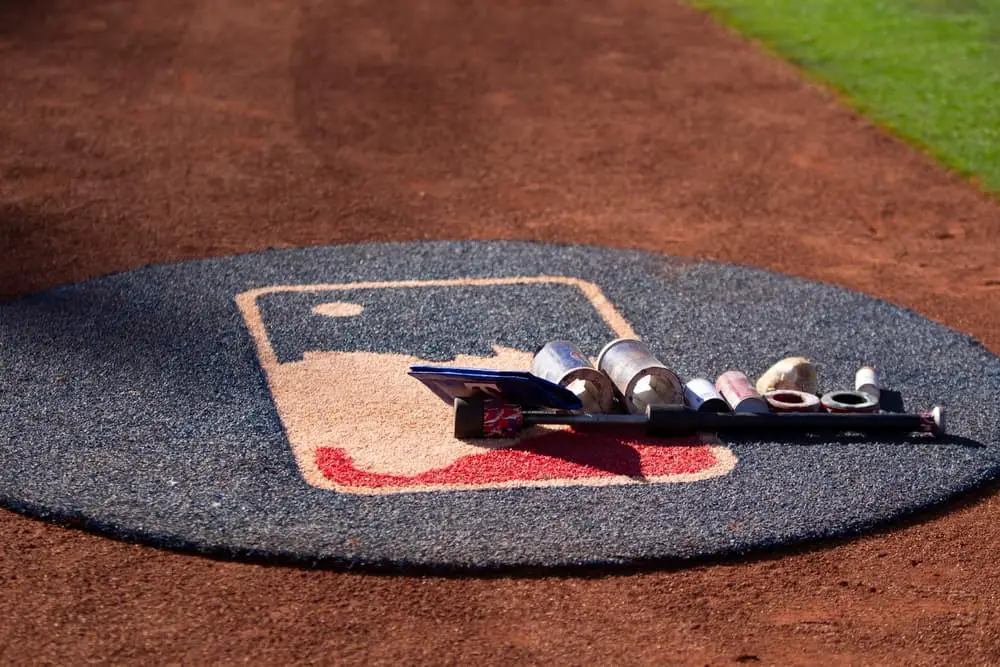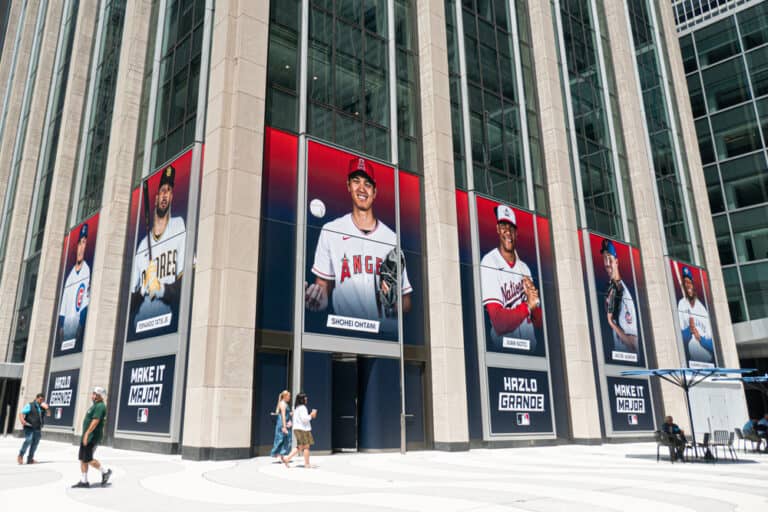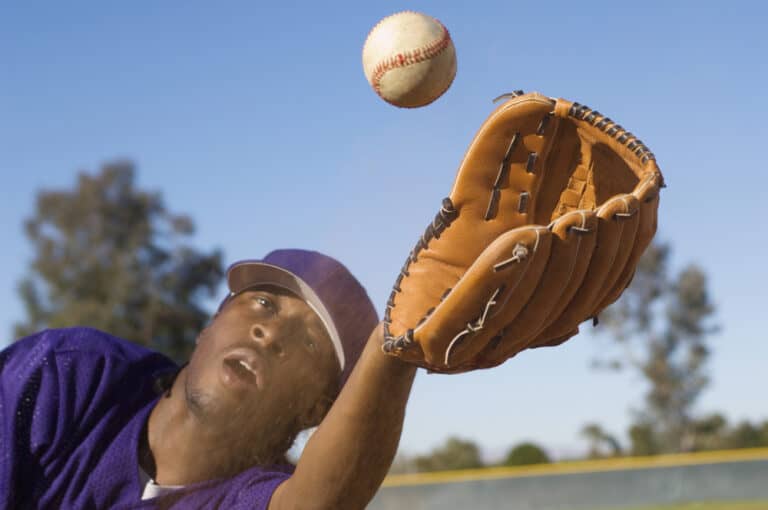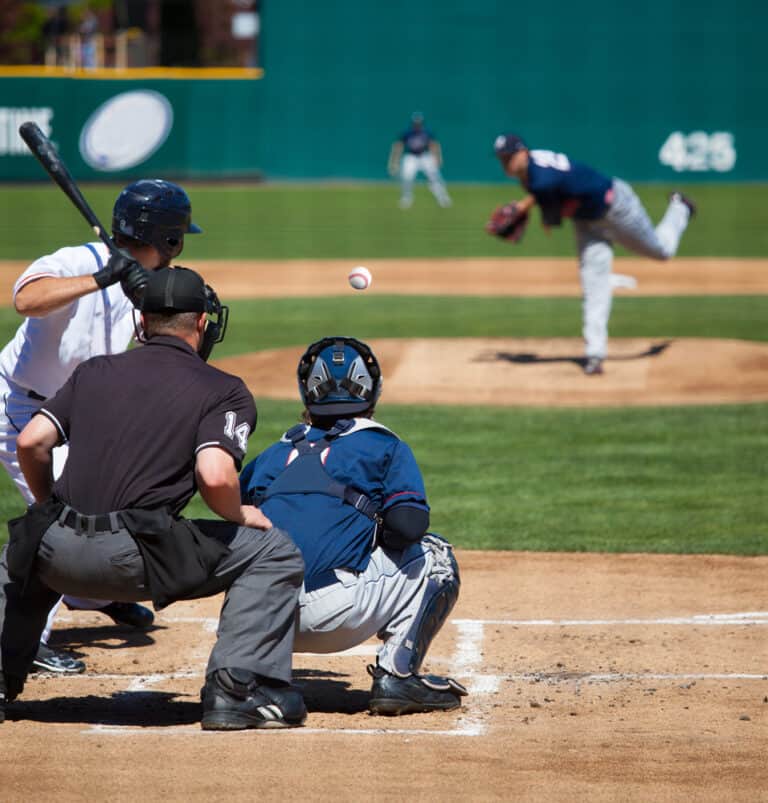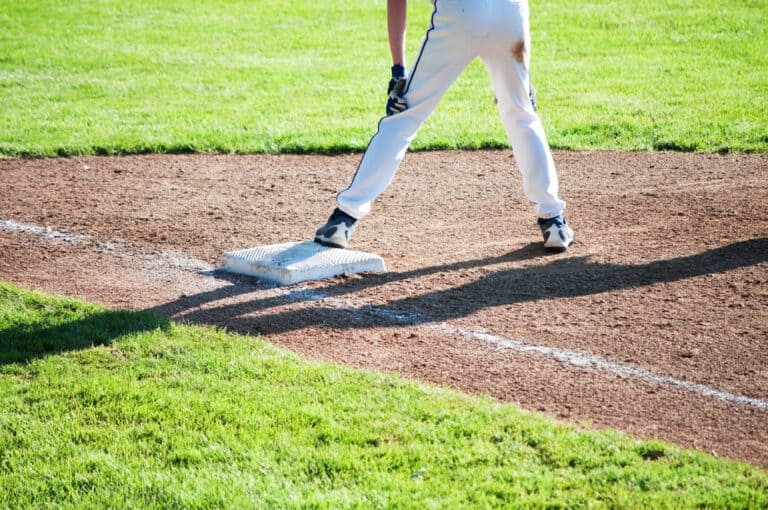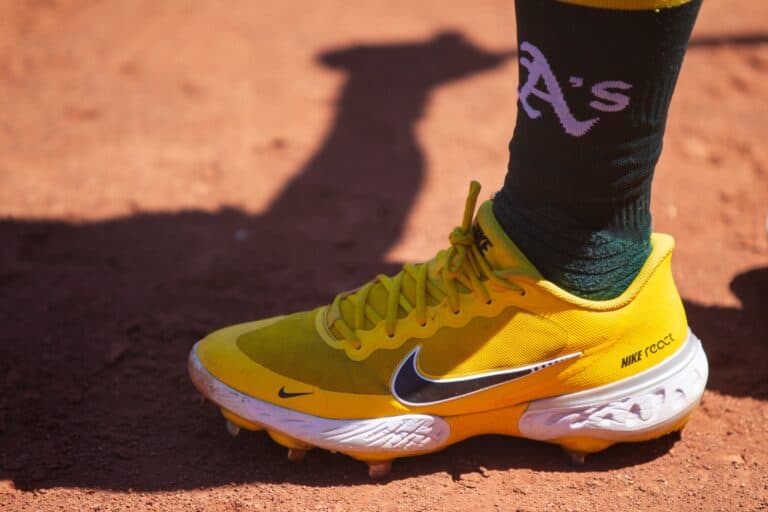Why Is Pine Tar Illegal In Baseball? (All You Need To Know)
Editorial credit: Conor P. Fitzgerald / Shutterstock.com
Batter up and batten down the hatches, for this is a tale of what “should be the biggest scandal in sports.” Pine tar is used in baseball, sometimes legally and often illegally, but what are the parameters? Buckle up because you’re about to find out.
Pine tar’s use by batters is allowed on the handles of their bats for eighteen inches. Pine tar is banned for pitchers. Pitchers have historically used different sticky substances on the ball, from spit to Spider Tack. Reasons this shouldn’t be allowed include watchability of the game and fairness.
Baseball has been dominated by the use of pine tar over the decades, but should it and substances like that be allowed to change the game’s character? Read on to find out.
What Is Pine Tar, And What Are Its Uses?
Pine tar is a tacky material created through the high-temperature carbonization of pine wood. This process also creates charcoal.
Throughout the years, pine tar has had many uses. The substance has been used together with wood on Nordic-style skis but was later replaced with modern synthetic materials. It has also been used in the past for weatherproofing rope.
Pine tar is now used as a hoof care treatment and antiseptic for cows and horses. It has wider veterinary applications than that and can be used on hens to clean their wound and prevent them from further being pecked by other hens as the foreign substance acts as a deterrent.
The rubber industry also utilizes pine tar as a softening solvent, in special paints, and for the fabricating and treating construction materials. There are some medical uses, but the FDA banned it in over-the-counter medicines due to a lack of knowledge about safety and efficacy.
Pine Tar In Baseball
A rule was enacted in 1934 that banned foreign substances from being used by pitchers. But there must be a reason for this rule being in place, and that’s what we will explore.
Pine Tar Rules Now
Batters use pine tar on the handles of their baseball bats to improve their grip. Rule 3.02(c) of the 2021 Official Baseball Rules of the MLB (Major League Baseball) stipulates that the bat handle may only be covered by 18 inches or less in any material to improve grip.
Any more than this, and it’s a problem. Non-compliant bats will be removed from the game. Rule 6.02(c)(4) of the Official Baseball Rules states that pitchers may not apply substances of any kind to the ball. This is what the rules are now, but how did they get to this point?
The Crisis Of Sticky Substances
Spit was the first foreign substance applied to the ball to increase performance. Now, spit is included in the “foreign substances” that are banned, but, in the 1900s, “spitball” was all the rage. Vaseline and sweat were also used in the early days.
Pine tar was used; later, it was replaced with a blend of rosin and sunscreen. Rosin is a powder that also has its origin in pine trees. Pine tar is very visible, so rosin and sunscreen were used instead.
Pitchers used these substances to improve grip and make the ball’s trajectory less predictable for batters. This will typically lead to a swing and miss.
A new substance introduced was Spider Tack, which introduced more friction and, therefore, more spin. This makes it even more difficult for batters to hit the ball. This causes batting averages to go down and strikeouts to be on the rise, also known in the sports as a “hitting crisis.”
This led to new MLB rules in May 2021 to promote enforcement of the foreign substances ban. This included rules to check pitchers for foreign substances at least once per game. Since the inception of the rules, spin rates have dropped, and the game has evened out to be fairer.
Nobody does anything about it because people don’t want to out someone else when they or their team could be implicated for doing the same thing. So, the cycle continues, and practically all pitchers use banned foreign substances.
What Should Be Done?
A retired pitcher estimated that over 80% of pitchers are using some or other sticky substance. In 2021, the batting average dropped to a record-low .236.
It has been argued that pine tar should be made legal for pitchers since so many of them are using it anyway, but that would be subverting the whole point of their banning: to level the playing field.
The immediate ejection of players who contravene the rule is arguably a good one if you consider increasing batting averages. The character of the game is changed if rules are allowed to be broken so consistently when the rules are in place for a reason.
It also makes the game less interesting for the fans because of impossible-to-hit pitches. Spider Tack and similar substances are glues that go beyond mere grip enhancements. A grip of some kind is important so that the ball doesn’t end up completely misfiring, but it has gone too far.
Batting averages being so low is unacceptable, and the MLB Rules must be enforced. The velocity of the spin is too great, and batters just can’t cope. High-spin fastballs have tripled since 2015. This makes it difficult not to strike out.
There are moral implications, too, because essentially, almost all pitchers are cheating if they are contravening the rules. Consistent enforcement of the existing rules to ensure pitchers do not use foreign substances must be in place.
There is talk of banning only Spider Tack and, as is done in South Korea and Japan, pre-coating the ball so that all pitchers use the same grip enhancement. Others say there should be one substance allowed, like rosin.
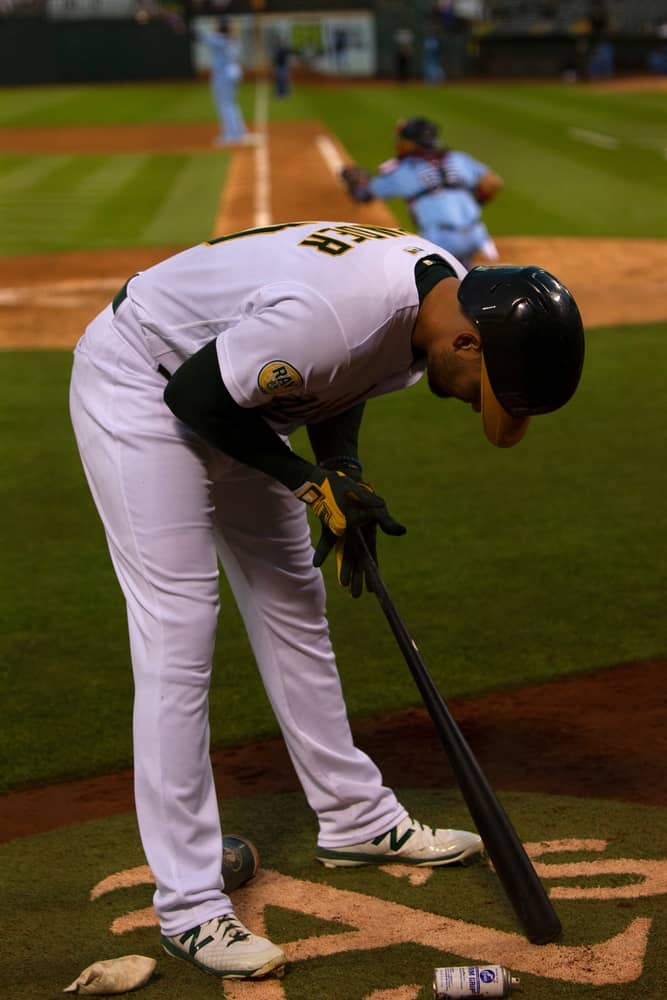
Conclusion
Pine tar is not the only sticky substance to have been used by pitchers illegally. Rosin and similar substances have long been used in sport to increase the ball’s spin. Sticky substances need to be better regulated to even the playing field, so to speak.
References
- https://www.bu.edu/articles/2021/mlb-sticky-stuff-science/
- https://en.wikipedia.org/wiki/Pine_tar
- https://digg.com/2014/what-is-pine-tar-and-why-is-it-illegal-in-baseball
- https://bleacherreport.com/articles/2040049-should-pine-tar-be-legal-for-pitchers
- https://www.youtube.com/watch?v=ORCRpWJUjPY
- https://www.si.com/mlb/2021/06/04/sticky-stuff-is-the-new-steroids-daily-cover
- https://www.youtube.com/watch?v=ORCRpWJUjPY

